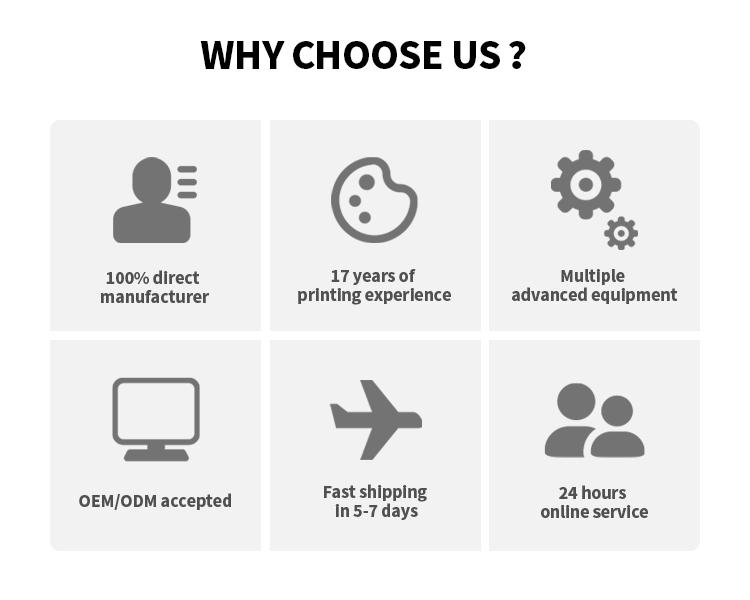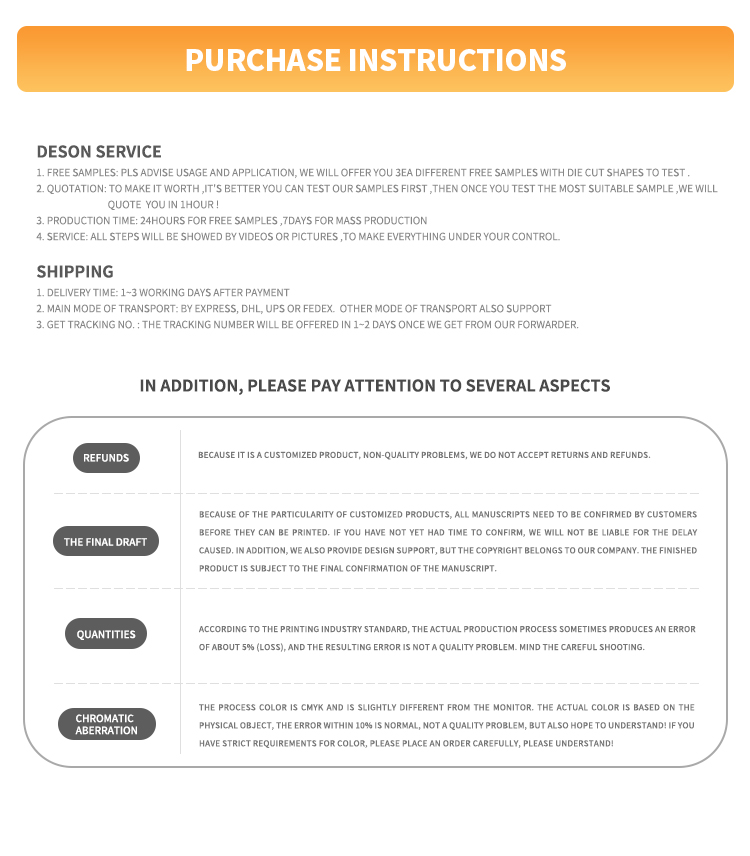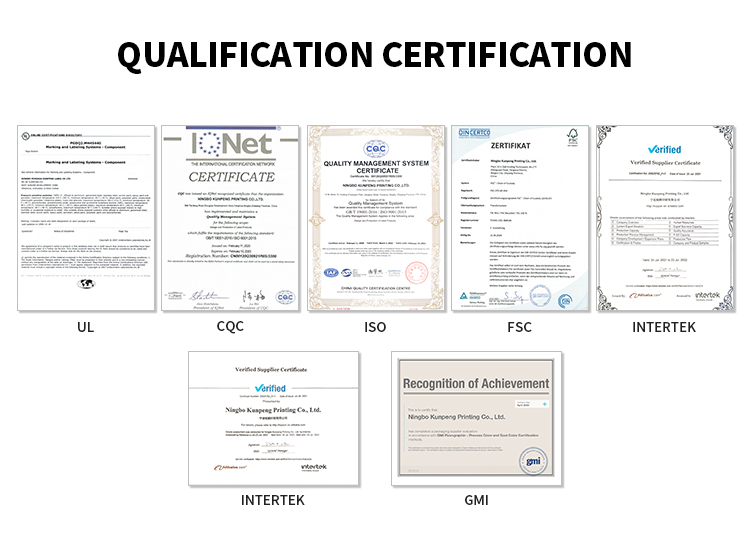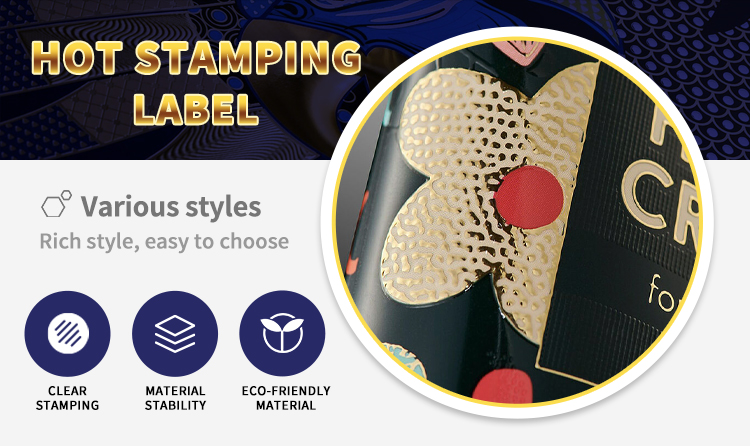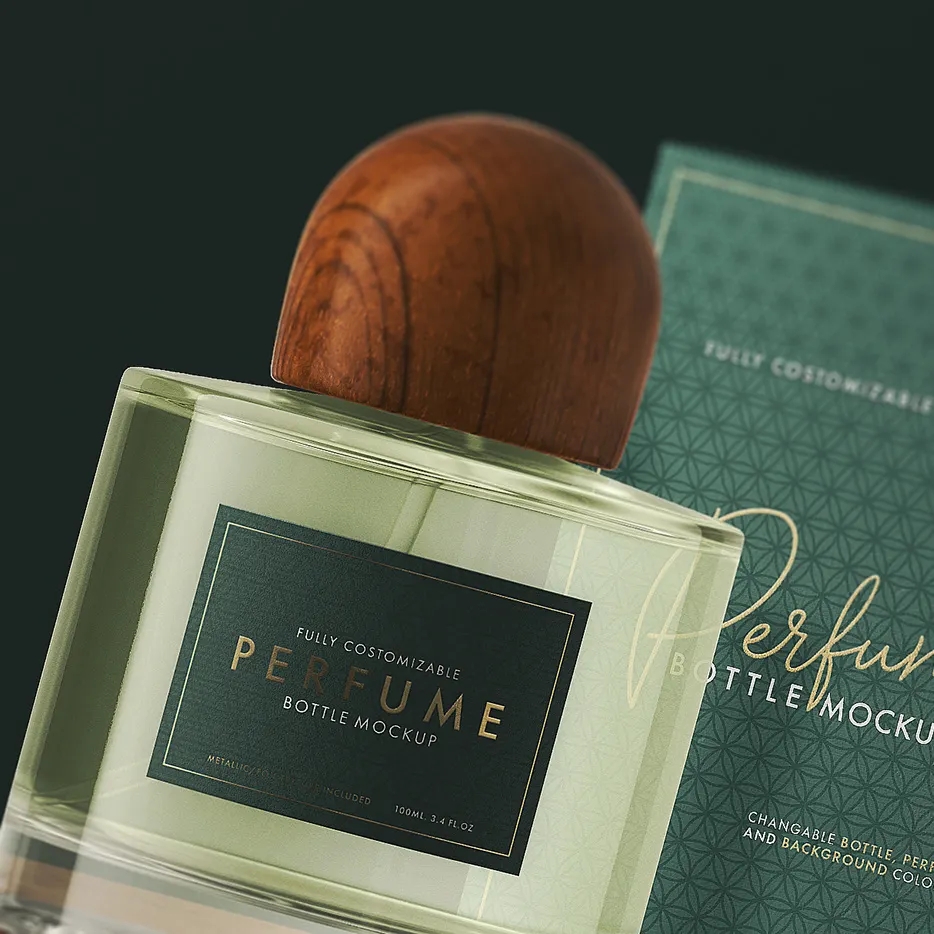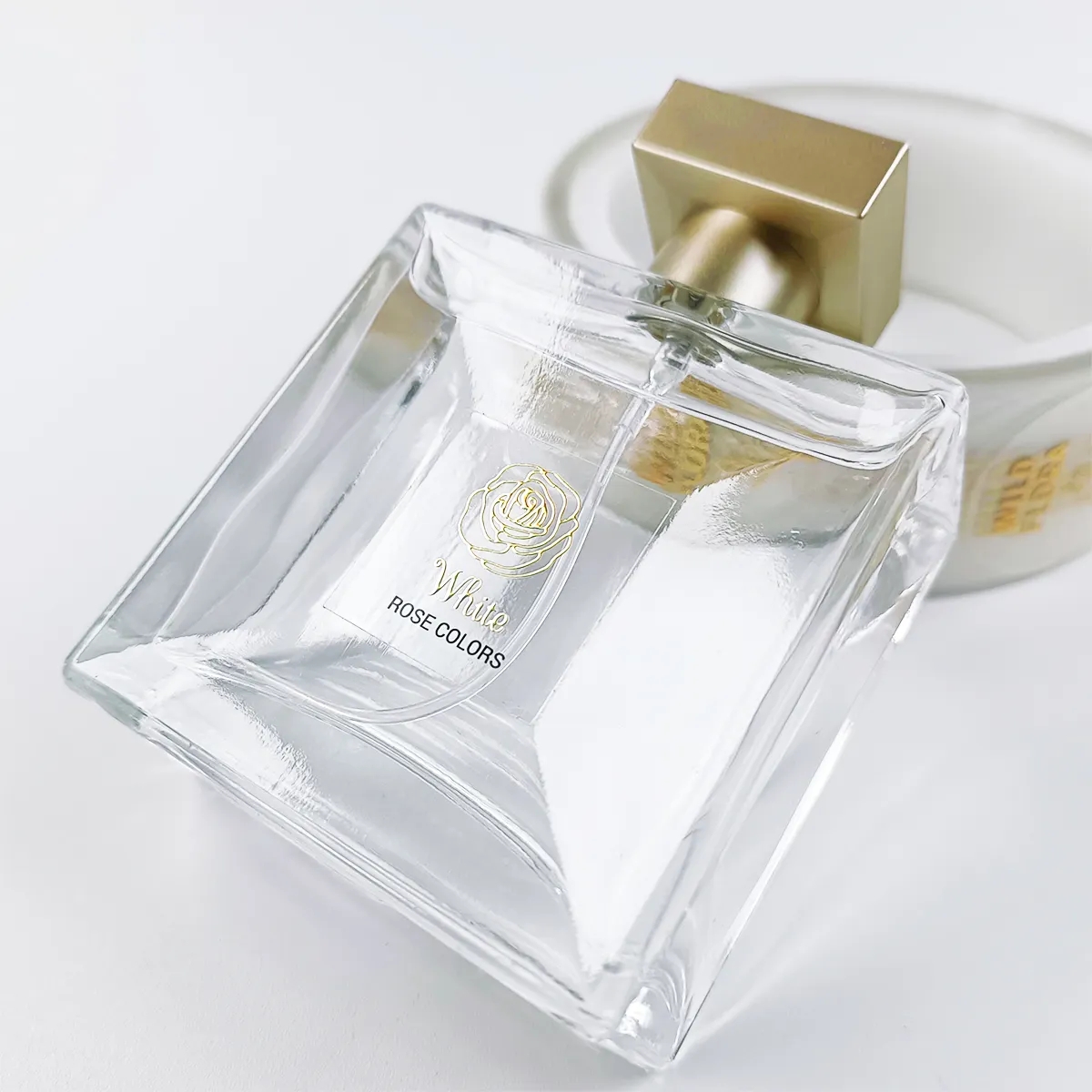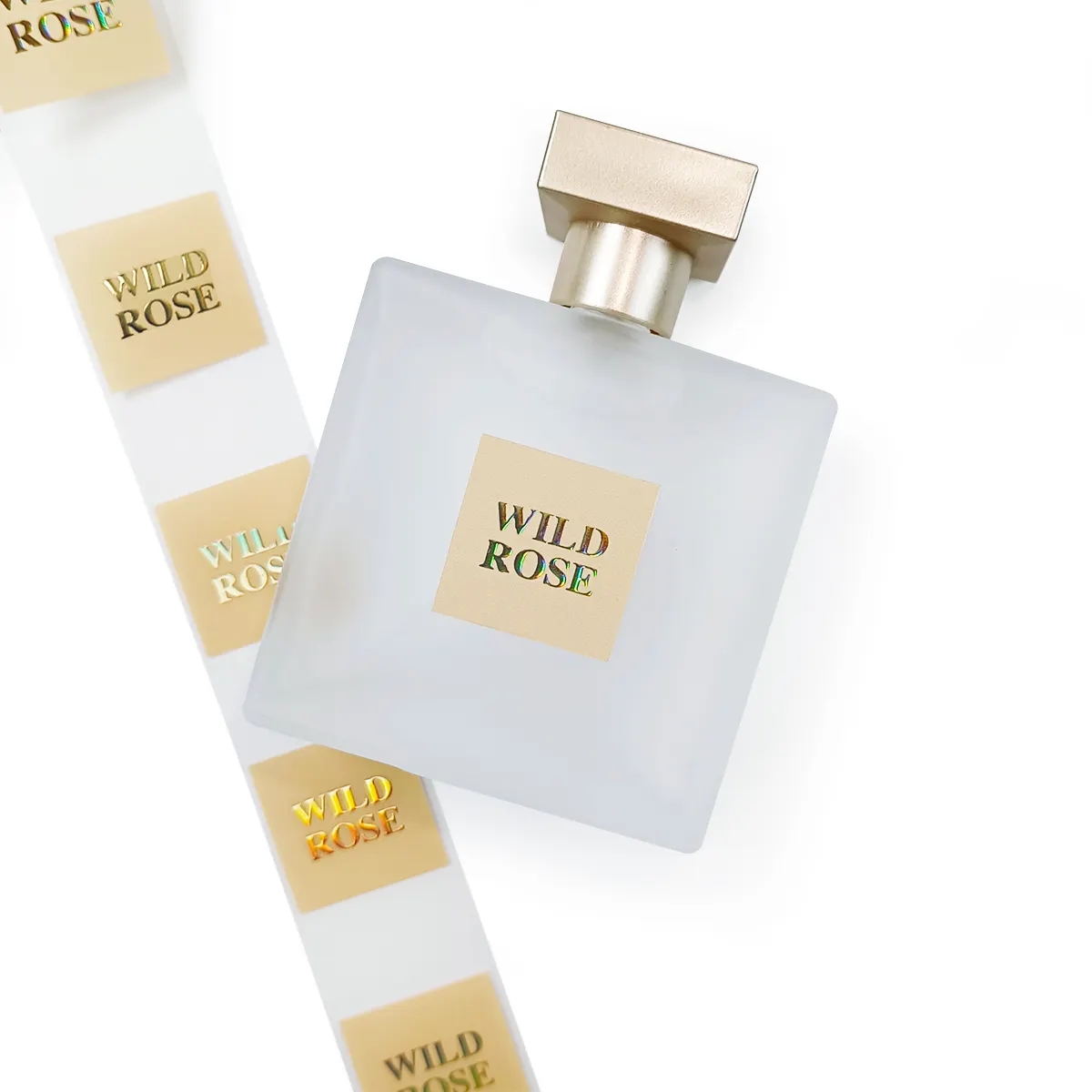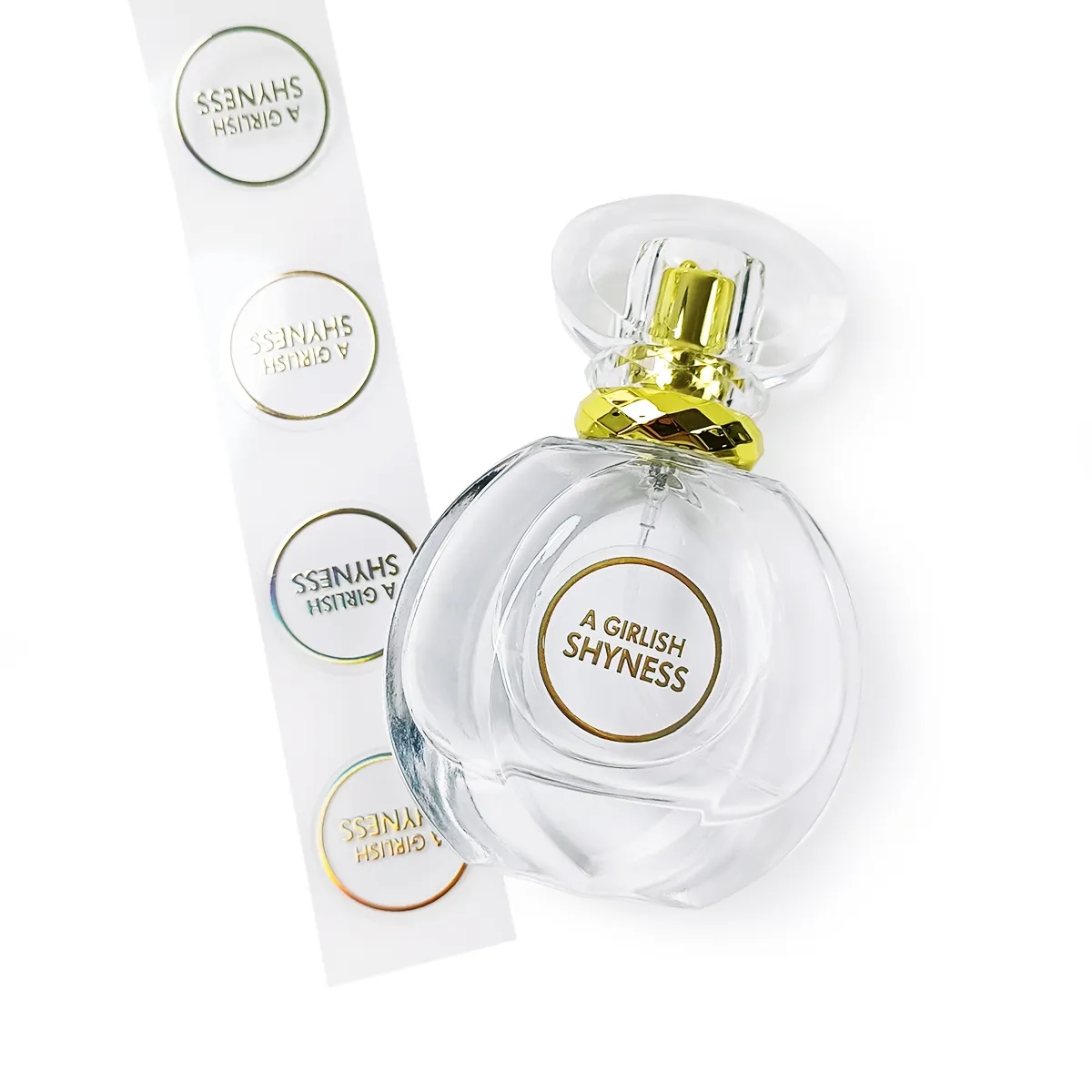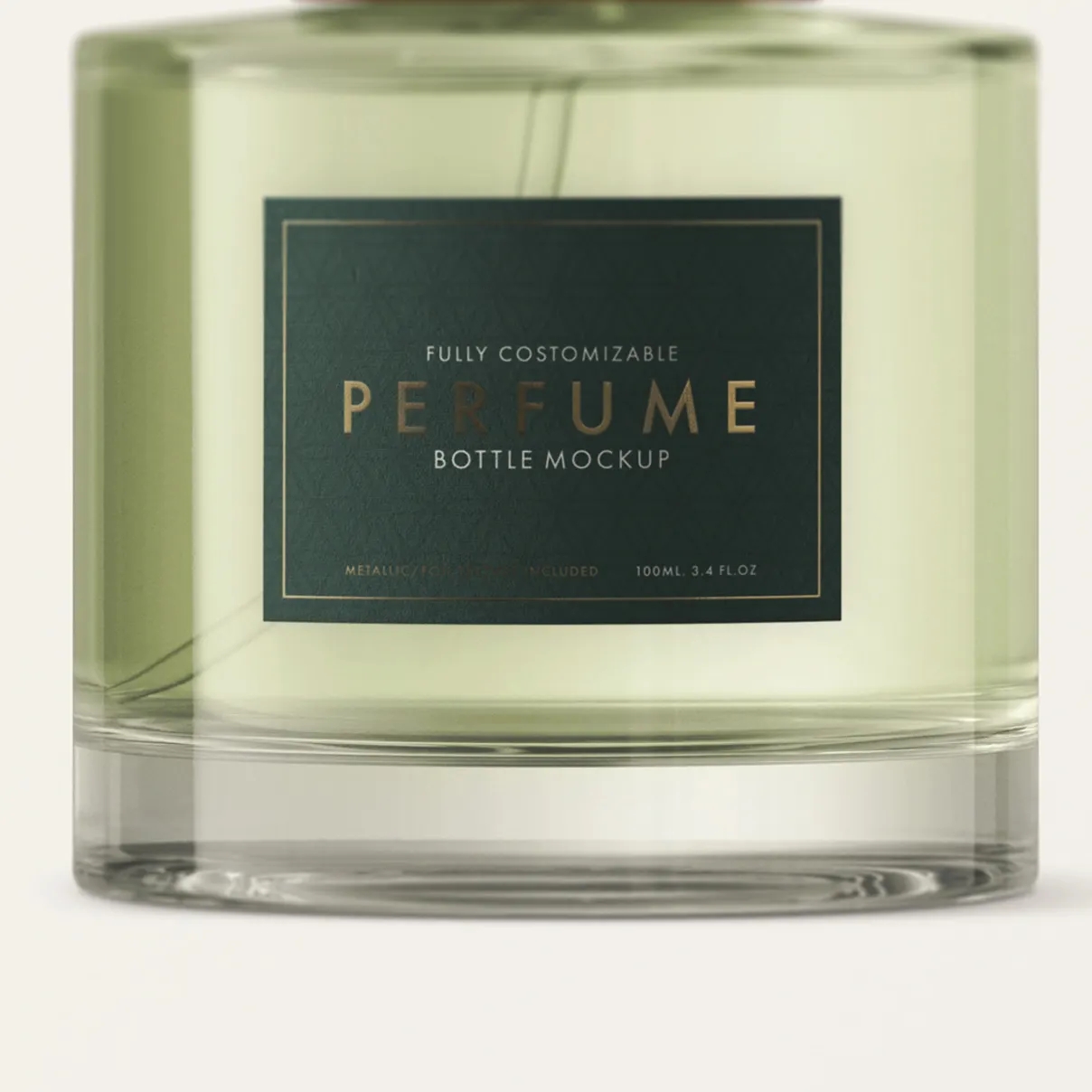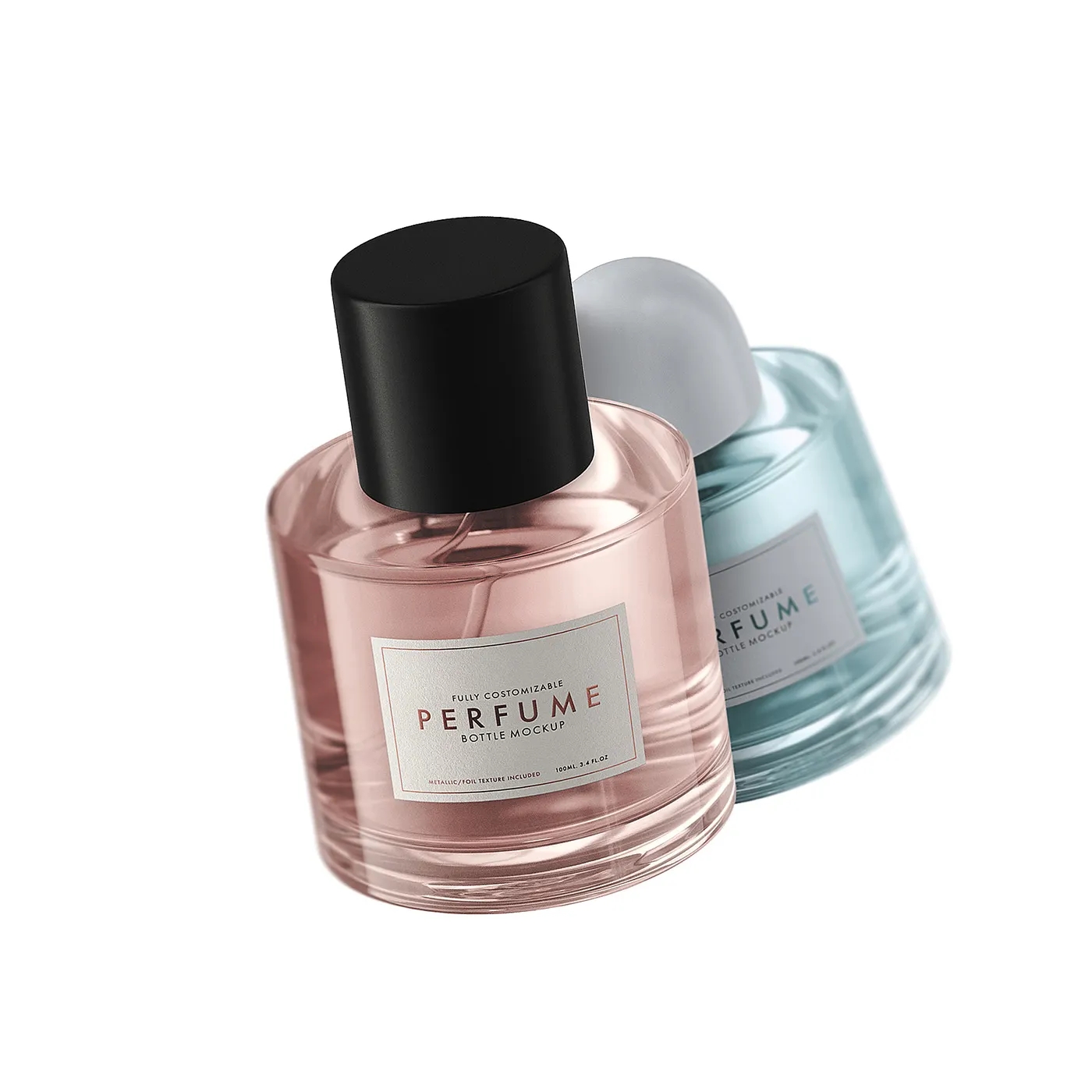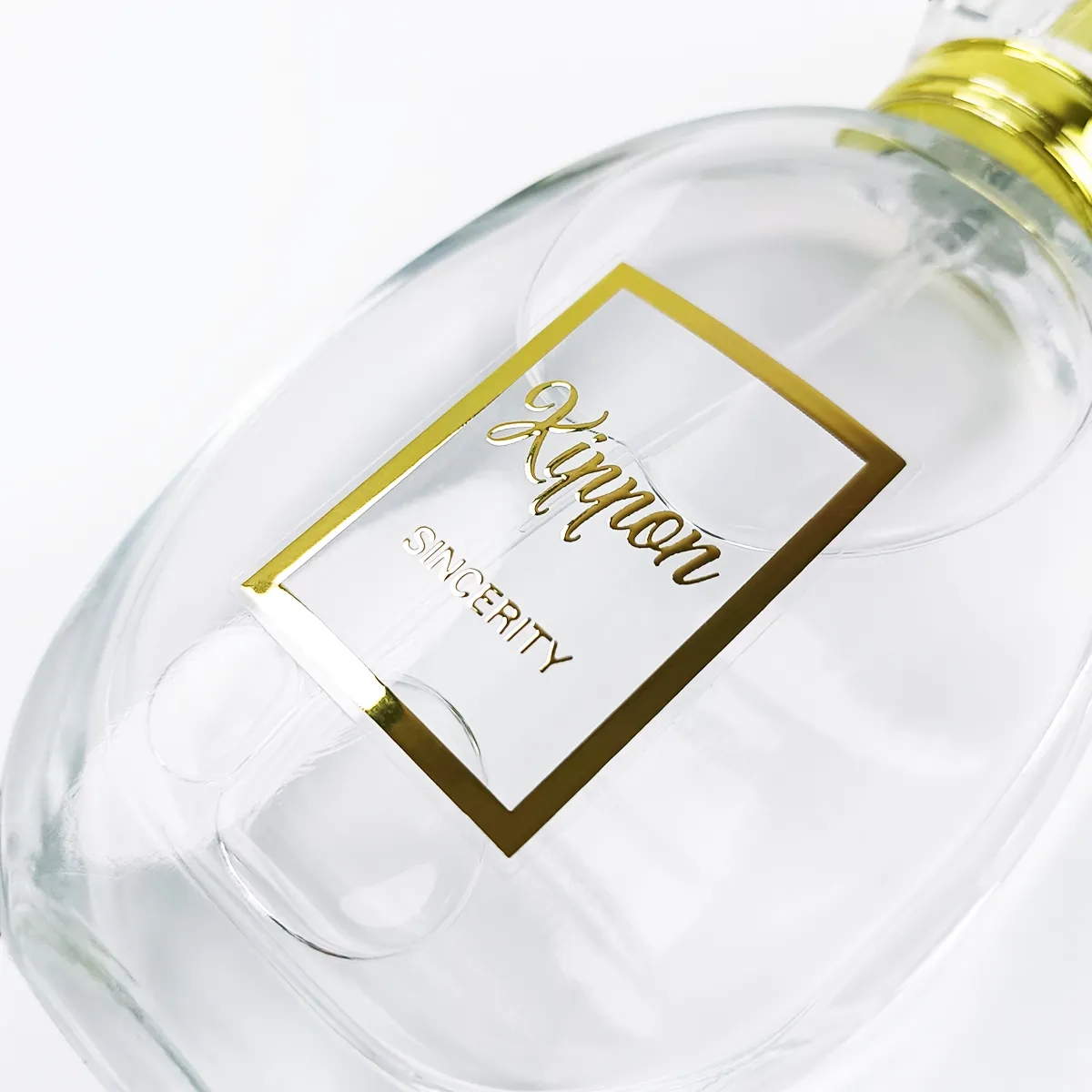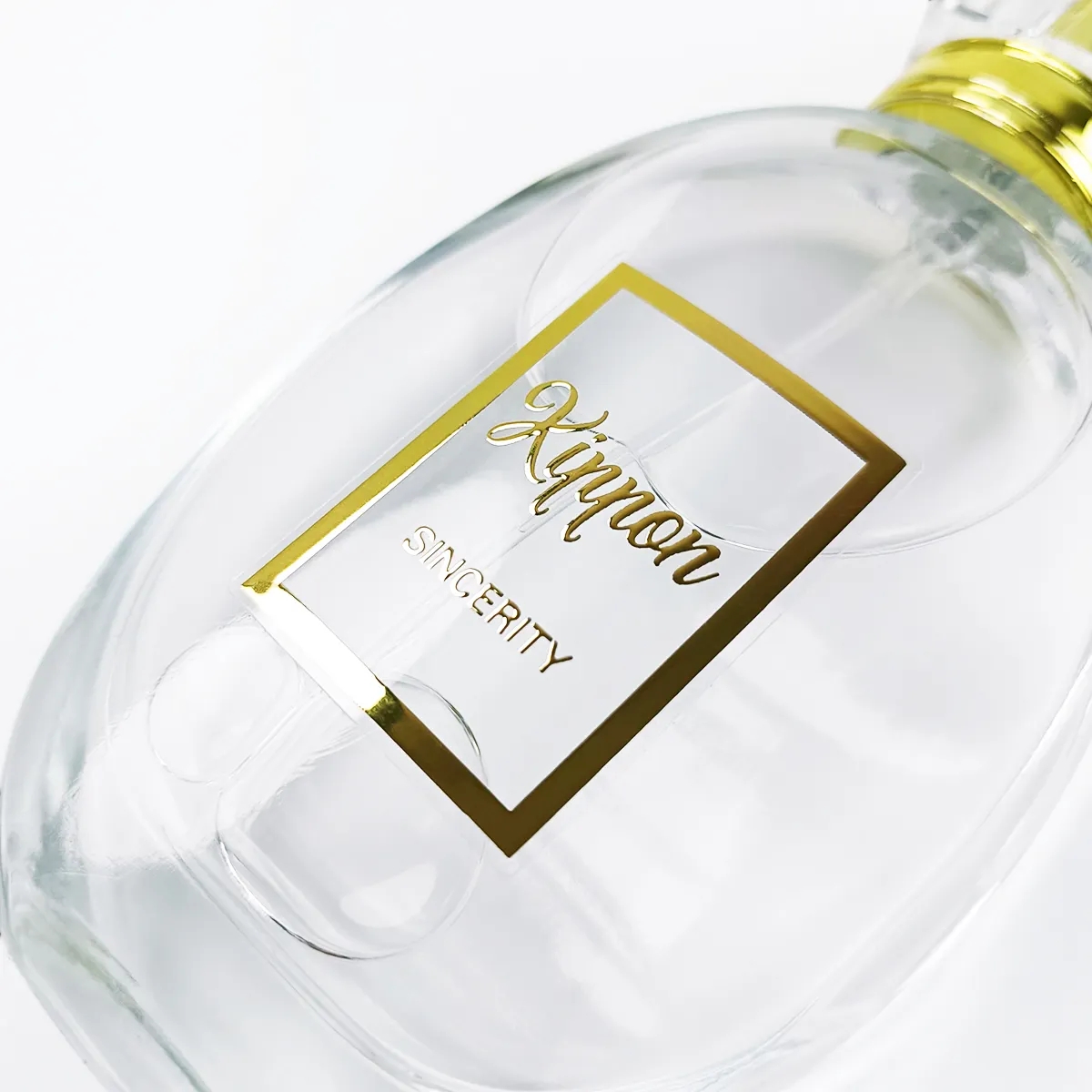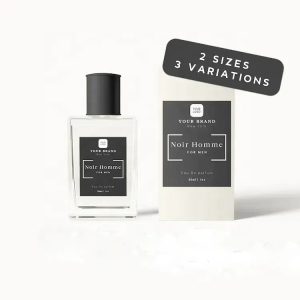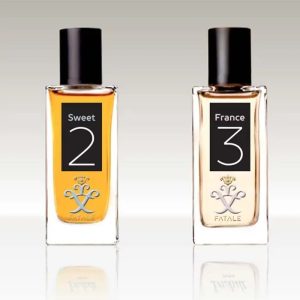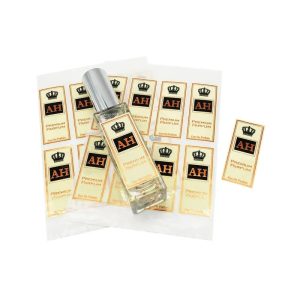Perfume bottom labels serve several purposes and offer various benefits:
- Product Identification: They help in identifying the fragrance, brand, and type of perfume. Bottom labels often contain crucial information like the perfume name, brand, concentration, and batch number.
- Consumer Information: These labels might include details about the ingredients used, manufacturing date, expiration date, or instructions on usage. This information can be crucial for consumers, especially those with allergies or sensitivities to certain ingredients.
- Brand Recognition: Bottom labels contribute to brand recognition and consistency in packaging. They often carry the logo, colors, and design elements that help consumers associate the product with a particular brand.
- Quality Assurance: They can contain certification symbols or codes indicating quality standards or compliance with industry regulations. This provides reassurance to consumers about the product’s quality and adherence to safety standards.
- Prevention of Counterfeiting: Unique identifiers or codes on the bottom label can help in distinguishing authentic products from counterfeit ones, enhancing product security.
- Retail and Inventory Management: The labels assist retailers in managing inventory by providing essential details for stock management, pricing, and reordering.
- Legal Compliance: Certain regulatory requirements mandate the inclusion of specific information on product labels, ensuring compliance with local or international regulations.
Ultimately, bottom labels play a crucial role in conveying necessary information to consumers, ensuring product authenticity, and facilitating smooth operations throughout the supply chain.
Perfume bottom labels offer several advantages that contribute to both the product and consumer experience:
- Informational Transparency: Bottom labels provide essential information about the perfume, including the brand name, fragrance name, concentration, ingredients, manufacturing date, and batch number. This transparency helps consumers make informed choices based on their preferences and requirements.
- Brand Identification: Bottom labels often showcase the brand’s logo, colors, and design elements. This branding contributes to brand recognition and consistency across product lines, reinforcing the brand’s identity in the minds of consumers.
- Consumer Safety and Compliance: Labels can include information about allergens or potentially harmful ingredients, enabling consumers to avoid products that might trigger allergies or adverse reactions. Compliance with regulatory standards and certifications can also be displayed on these labels, assuring consumers of product safety and quality.
- Anti-Counterfeiting Measures: Incorporating unique identifiers, QR codes, or serialization on bottom labels helps in distinguishing genuine products from counterfeit ones. This enhances consumer trust and prevents the purchase of fake or substandard perfumes.
- Aesthetic Enhancement: When designed thoughtfully, bottom labels can add to the overall aesthetic appeal of the perfume bottle. They can complement the bottle’s design, creating an attractive and cohesive look that appeals to consumers.
- Ease of Use: Labels might include usage instructions or additional information on how to best use the perfume, making it more user-friendly, especially for first-time buyers or those unfamiliar with the product.
- Supply Chain Management: Labels with batch numbers and manufacturing dates assist in inventory management and traceability within the supply chain, aiding in quality control and recalls if necessary.
Overall, perfume bottom labels serve as a multifunctional component that not only informs consumers but also reinforces branding, ensures compliance, and contributes to the overall consumer experience.
